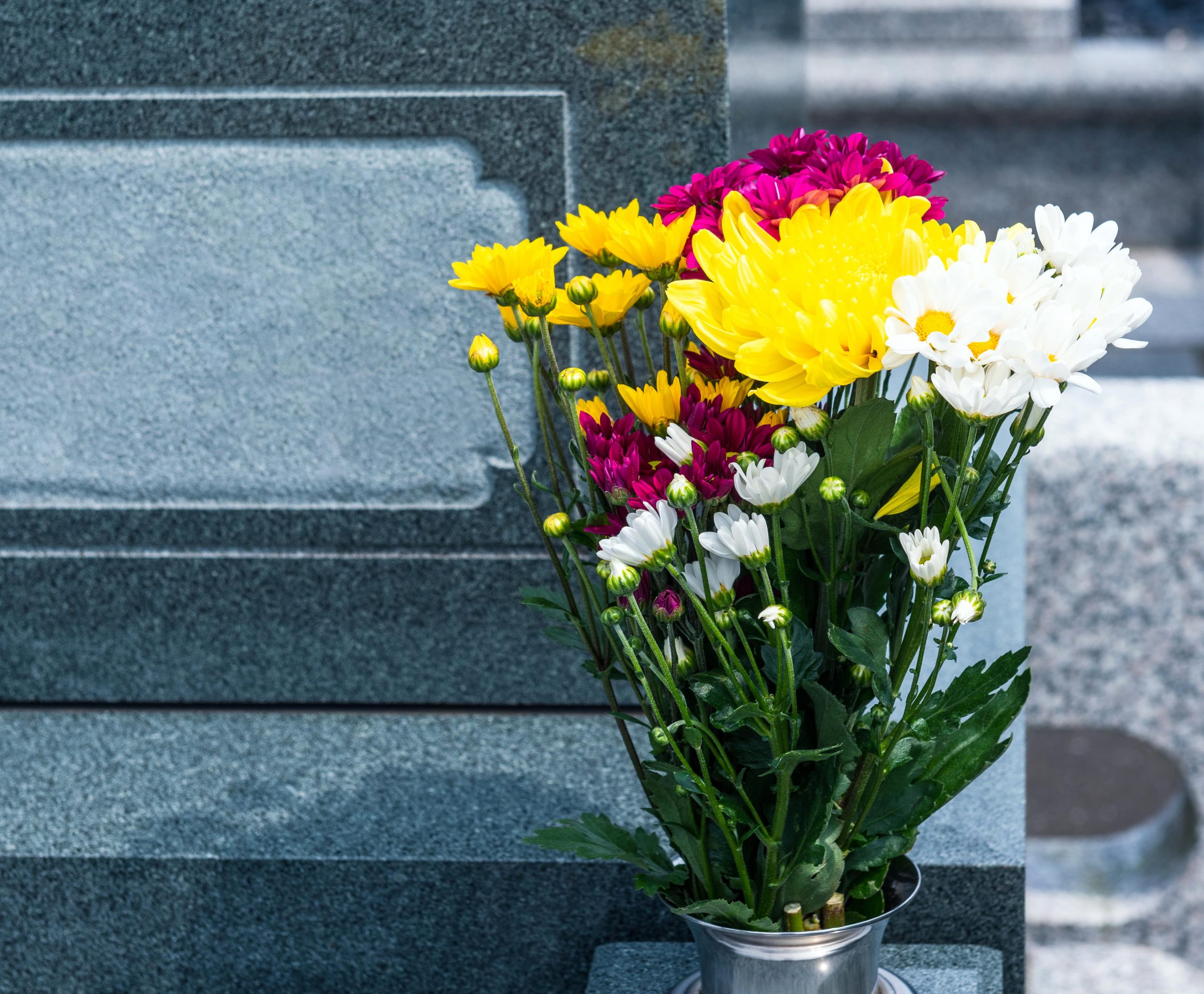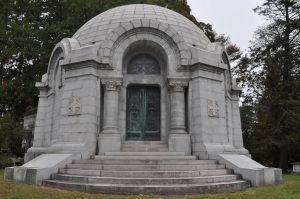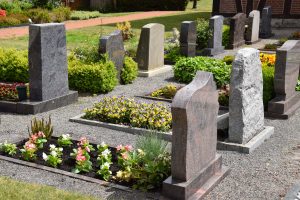Whether you’ve entered hospice care and want to put your final wishes in writing, or you’re planning a meaningful service for a loved one, the ins and outs of funeral planning can be unfamiliar and confusing. You don’t know where to start or even what all of your options are. As you do your research, you may come across unfamiliar terms, like interment, columbarium, mausoleum, crypt, vault, niche, and more. This article will explain what these terms mean and give you a better idea of what’s included with each.
Definition
First of all, let’s define interment. Usually, the term refers to burial, typically with funeral rites. However, over time, the definition has changed and now means “final resting place,” whether for burial or cremation.
Interment Options for Burial of the Body
If you choose burial of the body as your preference, you have many options available for both in-ground or above-ground burial. However, not all options are available everywhere, so check with a local funeral professional to determine which ones are available in your area.
Traditional Burial
With traditional burial, the body remains intact and is usually embalmed to allow for a viewing or visitation prior to the funeral and committal services. Prior to burial, the grave is excavated at the cemetery and either a grave liner or burial vault is placed in the grave (the family decides which one). Later, after the committal service, the cemetery grounds crew will lower the casket and fill the grave with soil. Eventually, a grave marker with epitaph is added to the location as a memorial.
Lawn Crypt
Essentially, a lawn crypt is a type of underground mausoleum. It’s built deeper into the ground and can house multiple caskets. Often made of concrete, a lawn crypt possesses a drainage system, which protects the grave’s contents from the elements. In some cases, families are all buried together, but it’s not a requirement. Make sure to ask a cemetery representative if they use individual grave markers or just one for everyone buried in the lawn crypt.
Mausoleum
A mausoleum is an above-ground memorial building for housing casketed remains. They offer personal ways to commemorate your loved one, including name carvings, plaques, and vases for flowers. A mausoleum typically offers single or companion crypts and protects the remains from the elements. Both community and private mausoleums exist. In most cases, a private mausoleum is much more expensive. A mausoleum is a great option for families who want to be interred together.
Natural (or Green) Burial
Another option for full-body interment is natural or green burial. The main idea behind green and natural burials is to allow the decomposition process to occur naturally. The main differences are two-fold: 1) Green burial excludes any type of embalming, and the cemetery grounds are specifically sanctioned for green burial; 2) While green burials must occur on very specific plots of land, a natural burial can take place on private land (subject to regulations) or in any cemetery that allows it.
Interment Options for the Cremated Body
Columbarium
Moving into interment options for the cremated body, a columbarium is a popular option. Columbaria consist of many small compartments, called niches, that each hold an individual urn. Each niche typically includes a memorial plaque that acts as a grave marker, identifying the names, dates of life, and an epitaph (if the family wishes). All columbaria are communal, though a family can purchase a family-sized niche to allow multiple urns to be placed together.
Urn Burial
It is also possible to bury an urn rather than to place it in a columbarium niche. Some cemeteries have landscaped urn gardens while others offer burial plots similar to those for traditional burial. A traditional plot can hold the cremated bodies of multiple people or may even hold a casket and an urn, depending on the cemetery regulations. As with traditional burial, urn burial requires an outer burial container. A third option for urn burial is green burial. You can place a biodegradable urn in a green burial ground without an outer burial container.
Scattering
With scattering, take the cremated body to a special place (remember to check the laws and regulations for that place) or use a scattering garden, which is a designated, beautiful space often attached to a cemetery. With a scattering garden, the cemetery often provides a means of adding a permanent physical marker so that family and friends feel more connected to their lost loved one. If you decide to scatter all of the ashes, take time to prepare yourself emotionally. For some, it can come as a shock that all that was left of a loved one’s body is suddenly gone.
Other Interment Options
A few lesser-used interment options are:
- Planting the cremated body in a biodegradable urn with seeds so that a memorial tree will grow
- Mixing the cremated body with concrete to create an artificial reef to help heal the ocean
- Launching the cremated body into space
- Participating in burial at sea (available for both full body and cremated body)
- To review other options, go to 11 Meaningful Ways to Honor Your Loved One’s Ashes
As you can see, there are several interment options available to you. All you have to do is choose the one that best fits your wishes and your family’s needs. No matter which option you choose, remember that it’s important to designate a final resting place so that friends, family, and future generations have a place to visit, remember, and honor the life that has been lived.









